Myths and Marvels of Astronomy
Myths and Marvels of Astronomy
The chief charm of Astronomy, with many, does not reside in the wonders revealed to us by the science, but in the lore and legends connected with its history, the strange fancies with which in old times it has been associated, the half-forgotten myths to which it has given birth. In our own times also, Astronomy has had its myths and fancies, its wild inventions, and startling paradoxes. My object in the present series of papers has been to collect together the most interesting of these old and new Astronomical myths, associating with them, in due proportion, some of the chief marvels which recent Astronomy has revealed to us.
Book Excerpt
seven planets of their system by the periods of the apparent revolution of those bodies around the celestial dome, and so set the sphere of the moon innermost, enclosed by the sphere of Mercury, around which in turn was the sphere of Venus, next the sun's, then, in order, those of Mars, Jupiter, and Saturn. We can readily understand how they might come to regard the slow motions of the sphere of Saturn and Jupiter, taking respectively some thirty and twelve years to complete a revolution, as indicating power superior to the sun's, whose sphere seemed to revolve once in a single year. Many other considerations might have been urged, before the Copernican theory was established, to show that, possibly, some of the planets exert influences more effective than those of the sun and moon.
It is, indeed, clear that the first real shock sustained by astrology came from the arguments of Copernicus. So long as the earth was regarded as the centre round which all the celestial bodies move, it was hopeless to att
Editor's choice
(view all)Popular books in Science, Myth, History, Non-fiction
Readers reviews
0.0
LoginSign up
Be the first to review this book
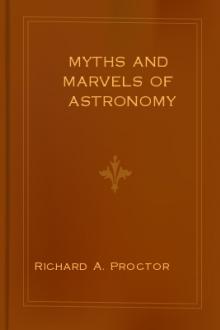
 Free Download
Free Download














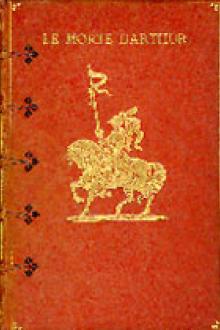





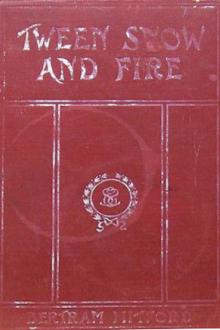
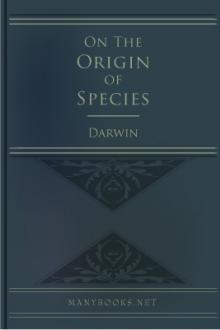


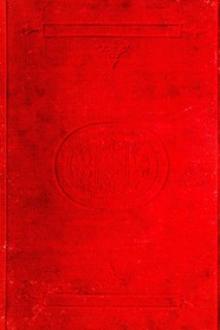


-itok=vcKIB5v1.jpg)